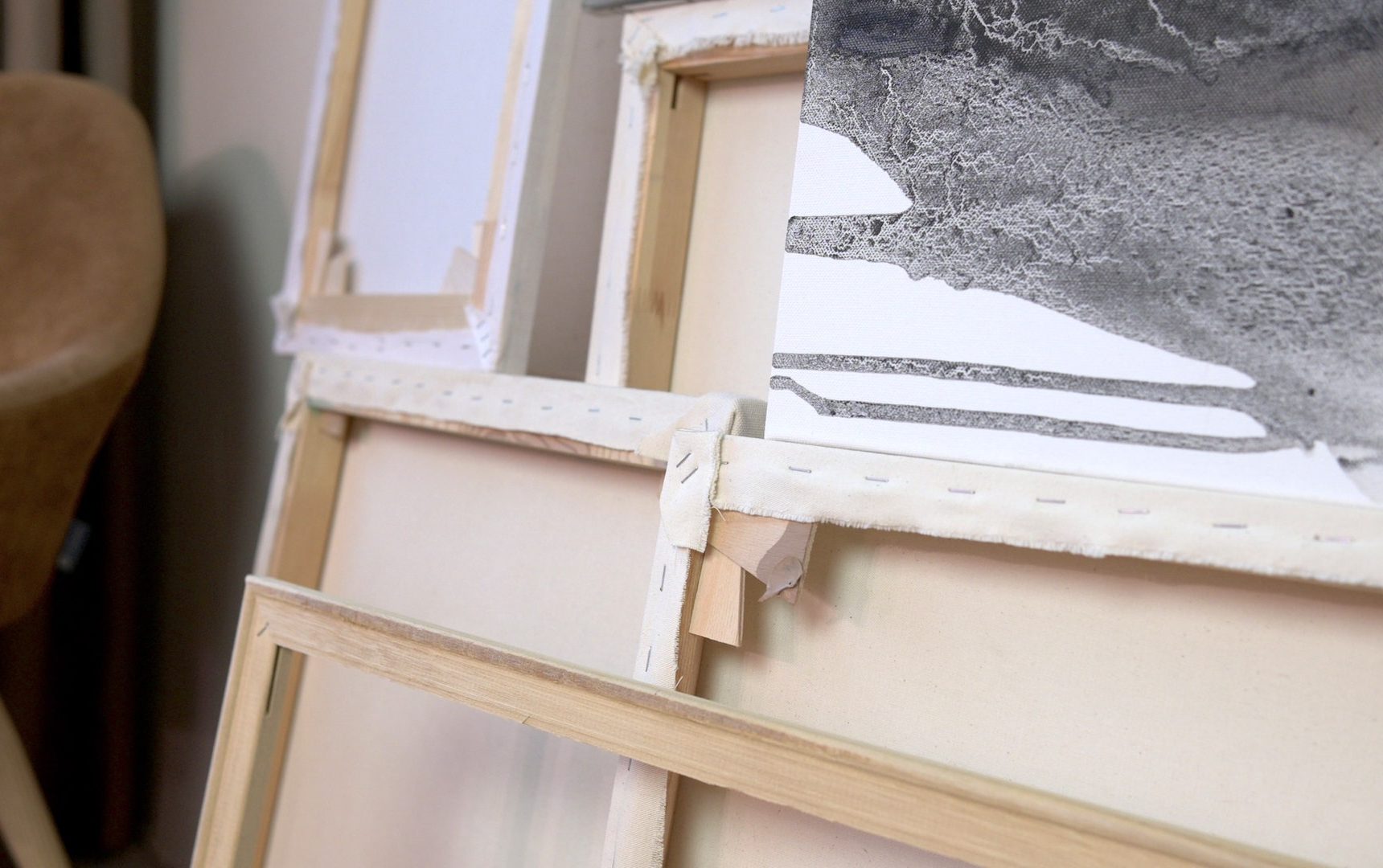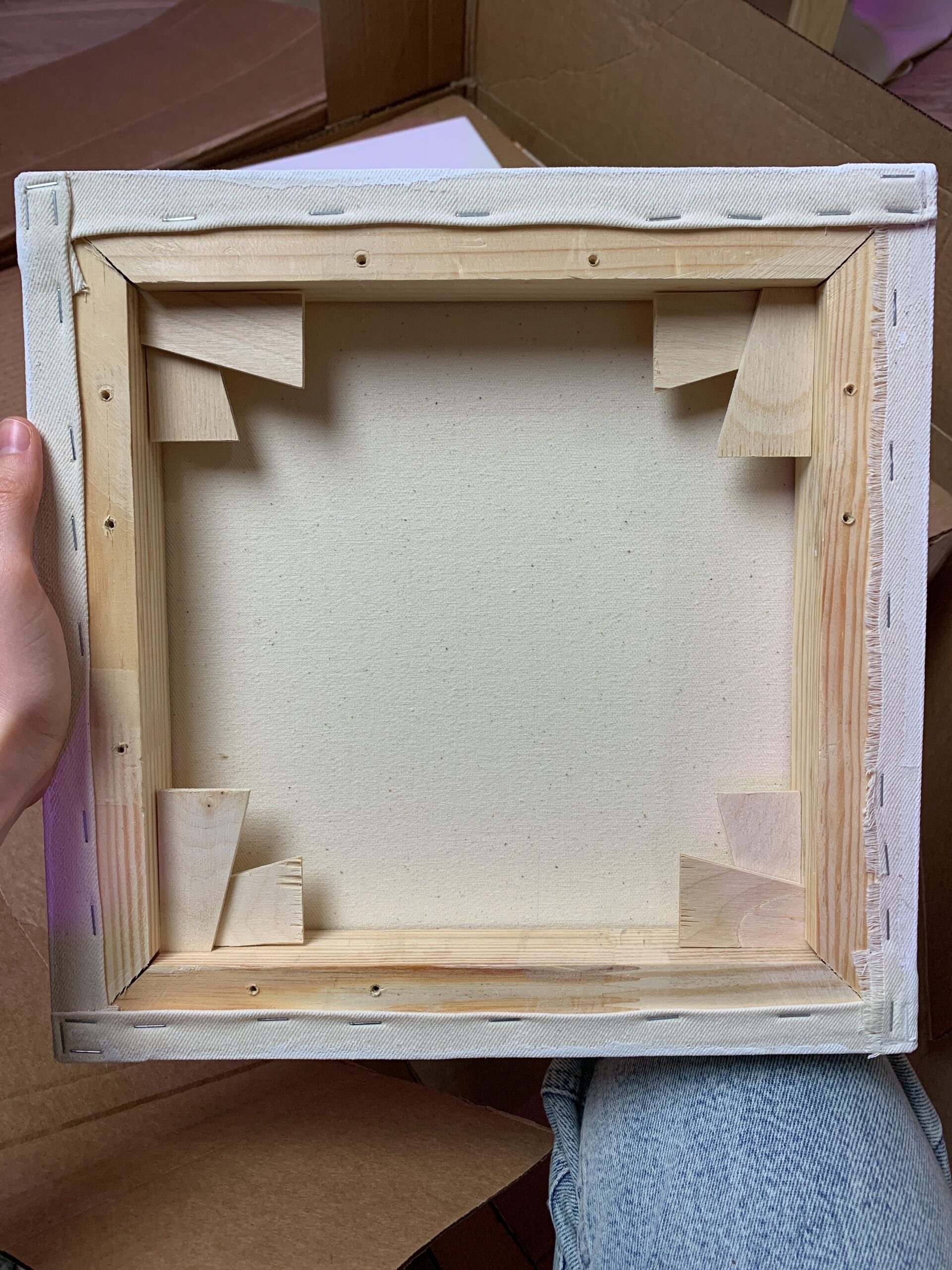Are acrylic paints waterproof?
Acrylic paints are a popular choice among artists and DIY enthusiasts due to their versatility, vibrant colors, and quick drying times. However, one common question arises: are acrylic paints waterproof?
The basics of acrylic paints
Acrylic paints are water-based, composed of pigment suspended in an acrylic polymer emulsion. When applied to a surface, the water evaporates, and the paint forms a durable, flexible film. This quick drying process and the ability to adhere to a variety of surfaces make acrylics a favorite for many projects.
Waterproof vs. water-resistant: what’s the difference?
To answer whether acrylic paints are waterproof, it’s important to distinguish between “waterproof” and “water-resistant.”
- Water-Resistant: Acrylic paints become water-resistant once dry. This means they can withstand some exposure to moisture without immediately washing away or dissolving. Light splashes or brief contact with water won’t ruin your artwork, but extended exposure can cause damage.
- Waterproof: For a surface to be waterproof, it must be impervious to water, even under prolonged exposure. Dry acrylic paint is not inherently waterproof. However, there are ways to enhance its water resistance and protect it from the elements.
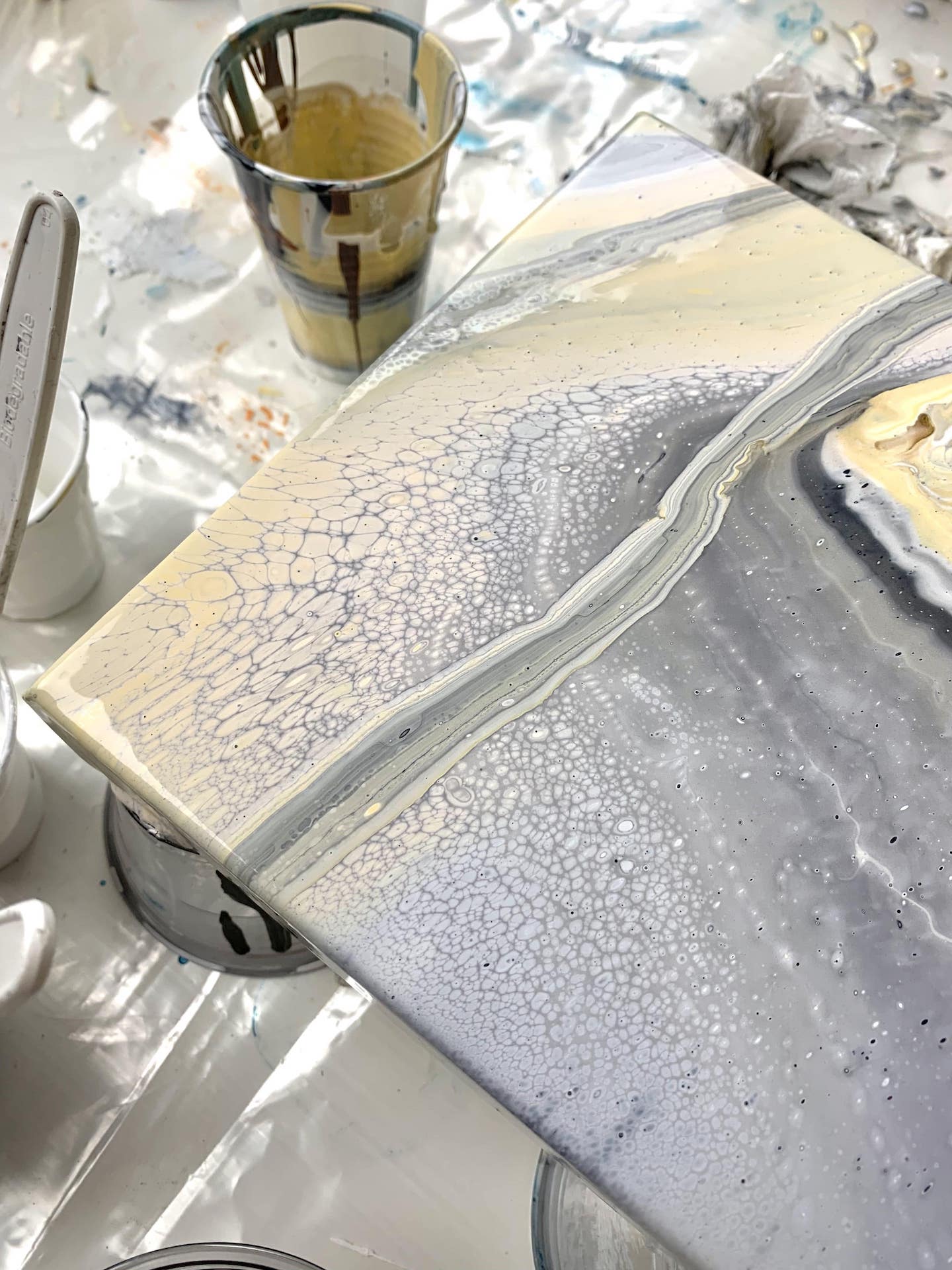
How to make acrylic paint waterproof
If you need your acrylic-painted surface to withstand more significant moisture or outdoor conditions, here are some methods to consider:
- Sealing with Varnish: Applying a clear acrylic sealer or varnish is the most common method to protect your paint. Products like polyurethane or acrylic resin varnish can create a waterproof layer over your artwork, providing durability and protection from moisture.
- Using Waterproof Mediums: Mix a waterproofing medium with your acrylic paint before application. These mediums enhance the paint’s resistance to water, making it more suitable for outdoor projects.
- Protective Finishes: For items that will be heavily exposed to water, consider using a two-part epoxy resin. This provides a glossy, hard, and waterproof finish, ideal for items like coasters, tabletops, or garden decor.
Practical applications and considerations
- Indoor Use: For indoor projects, such as canvas paintings or wall art, a basic water-resistant finish might suffice. Applying a few coats of acrylic varnish can protect against accidental spills and humidity.
- Outdoor Use: For outdoor applications, such as garden ornaments or murals, ensure you use both a waterproofing medium and a durable topcoat. This combination will help your work withstand rain, humidity, and temperature fluctuations.
So, are acrylic paints waterproof? In their natural, dried state, acrylic paints are water-resistant but not waterproof. To ensure your artwork or project stands up to water exposure, it’s essential to use additional sealing and waterproofing methods. By doing so, you can enjoy the durability and vibrancy of acrylic paints while protecting your creations from the elements.
For more tips and techniques on using acrylic paints, exploring waterproofing options, and ensuring your artwork lasts, visit our blog regularly.
You might also like
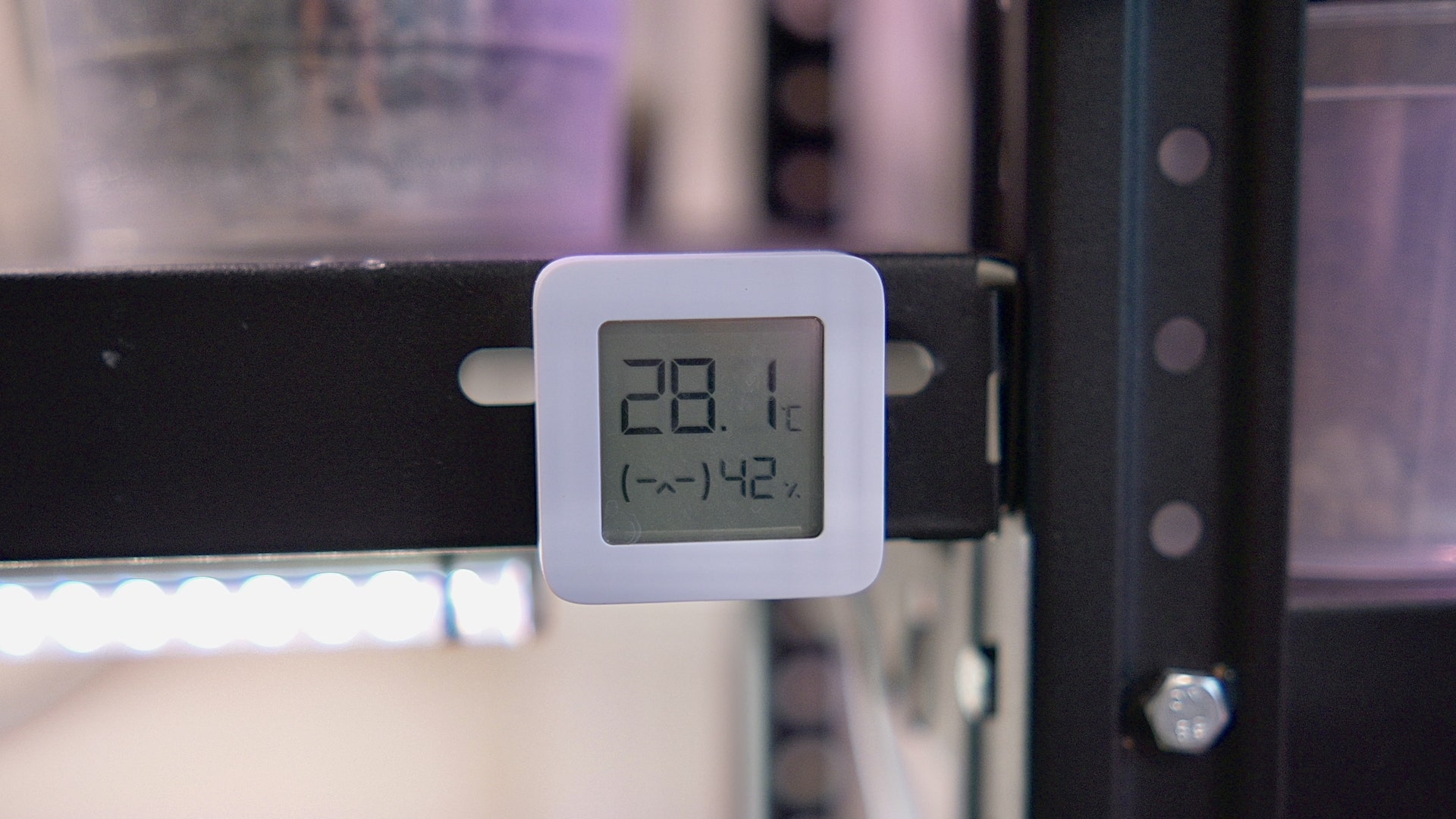
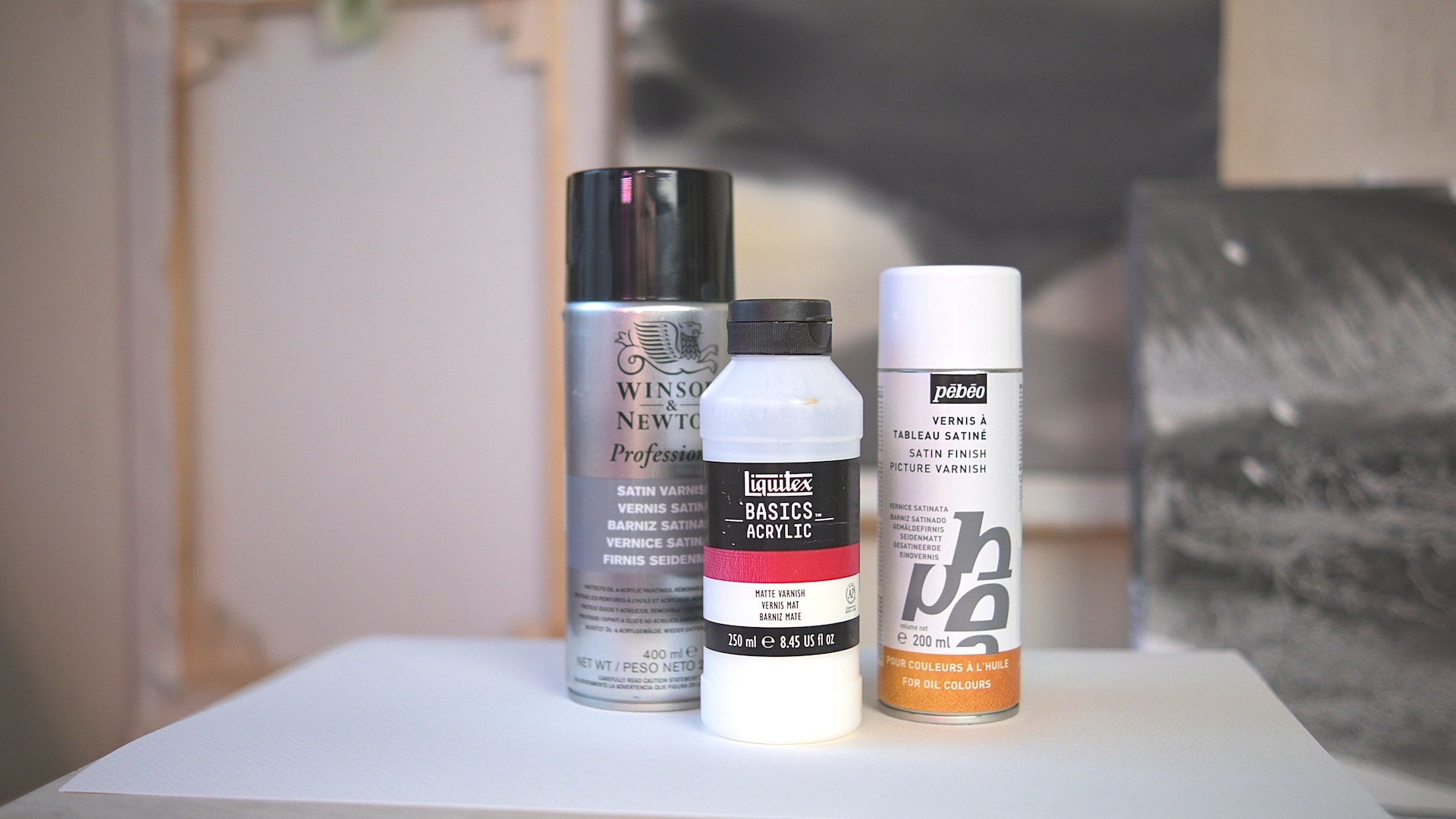
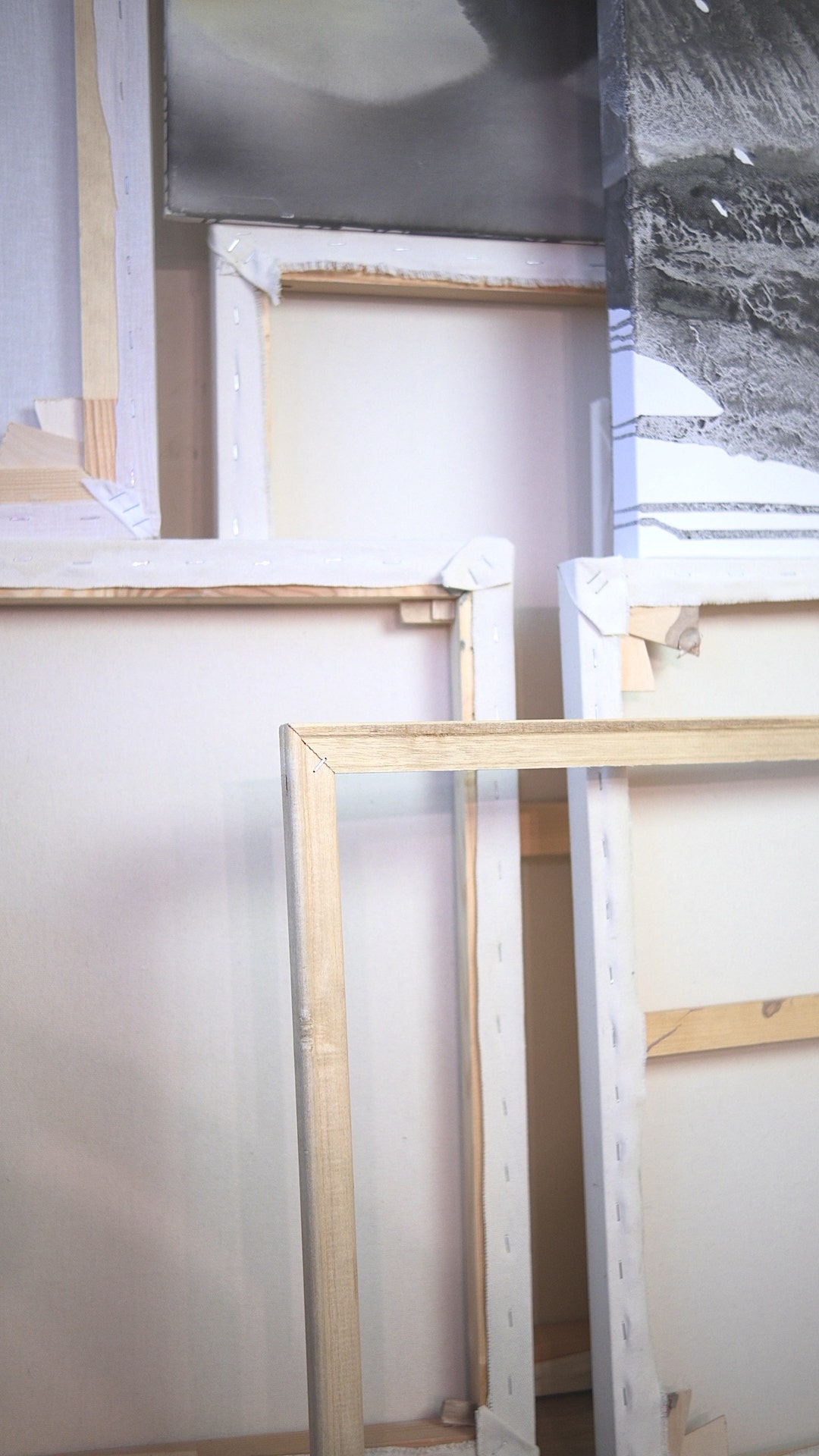

Courses
Unlock your creative potential today
Discover the joy of creative expression and explore the possibilities of different materials and surfaces with my online courses.
From mastering techniques to tapping into your inner vision, you’ll create beautiful, unique pieces that thanks to new knowledge, will more accurately reflect your personal style and creativity.
